May 21, 2025 | 02:41 GMT +7
May 21, 2025 | 02:41 GMT +7
Hotline: 0913.378.918
May 21, 2025 | 02:41 GMT +7
Hotline: 0913.378.918
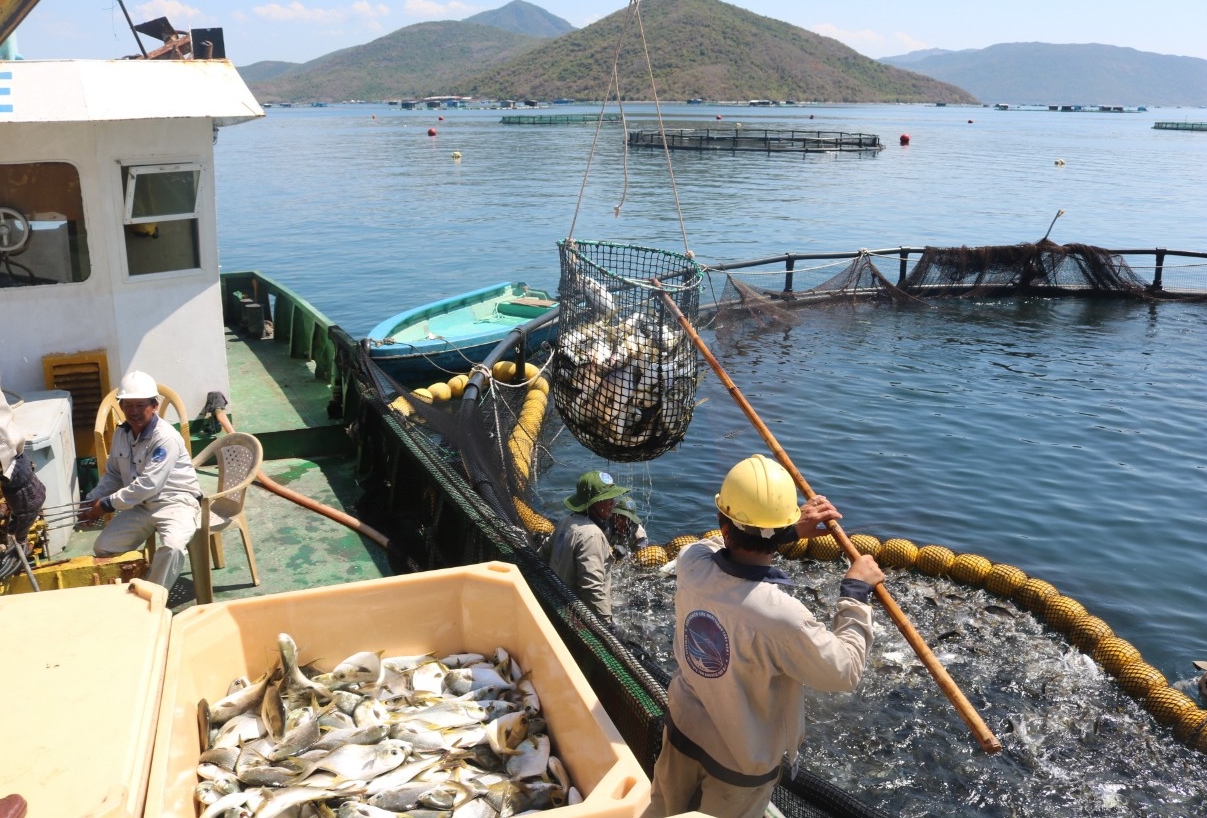
Vietnam has great potential for the development of mariculture. Photo: KS.
On June 6, the Directorate of Fisheries collaborated with the Chamber of Commerce and the Royal Norwegian Embassy to hold a workshop on "Vietnam - Norway: Promoting cooperation in mariculture" in Nha Trang city (Khanh Hoa province).
Participants of the event included Ms. Hilde Solbakken, Norwegian Ambassador to Vietnam; Mr. Tran Dinh Luan, Director of the Directorate of Fisheries and Commercial Counselor of the Norwegian Embassy; Mr. Arne Kjetil Lian, Director of the Innovation Norway office in Hanoi; 100 representatives from local Departments of Agriculture and Rural Development, Sub-Departments of Fisheries located in the provinces of Khanh Hoa, Phu Yen, Ba Ria Vung Tau, Nghe An, Quang Tri, Kien Giang; Research Institute for Aquaculture No I and II; Vietnam Seaculture Association; Nha Trang University and multiple Norwegian and Vietnamese businesses.
The workshop acts as a forum for stakeholders to discuss the roadmap for sustainable aquaculture development; share the importance of innovation and technological solutions for aquaculture development; capacity building for human resources to meet the sector's requirements.
Ms. Hilde Solbakken remarked that the event has greatly promoted bilateral cooperation between Vietnam and Norway in the field of aquaculture. Furthermore, the workshop has facilitated the implementation of the 2021 Letter of Intent between the Norwegian Ministry of Trade, Industry, and Fisheries and the Ministry of Agriculture and Rural Development of Vietnam on strengthening bilateral cooperation in the mariculture sector.

Ms. Hilde Solbakken, Norwegian Ambassador to Vietnam, giving a speech at the workshop. Photo: KS.
Norwegian aquaculture is currently the country's largest export industry, after oil and gas. Norway's aquaculture sector has become a highly productive, specialized and professionalized industry with over 8,000 workers in coastal communities. Norway presented its lessons learned and key success elements after 50 years of operation in the mariculture sector.
According to Mr. Tran Dinh Luan, Director of the Directorate of Fisheries, Norway has constantly supported Vietnam in the field of aquaculture throughout the years. Additionally, Norway is currently a leader in innovation and technological solutions for green and clean development in aquaculture.
Vietnam and Norway share multiple similarities and concerns with regard to aquaculture development potentials. Consequently, Norway's extensive lessons in success will help Vietnam address challenges well as adopt suitable policies to develop sustainable mariculture.
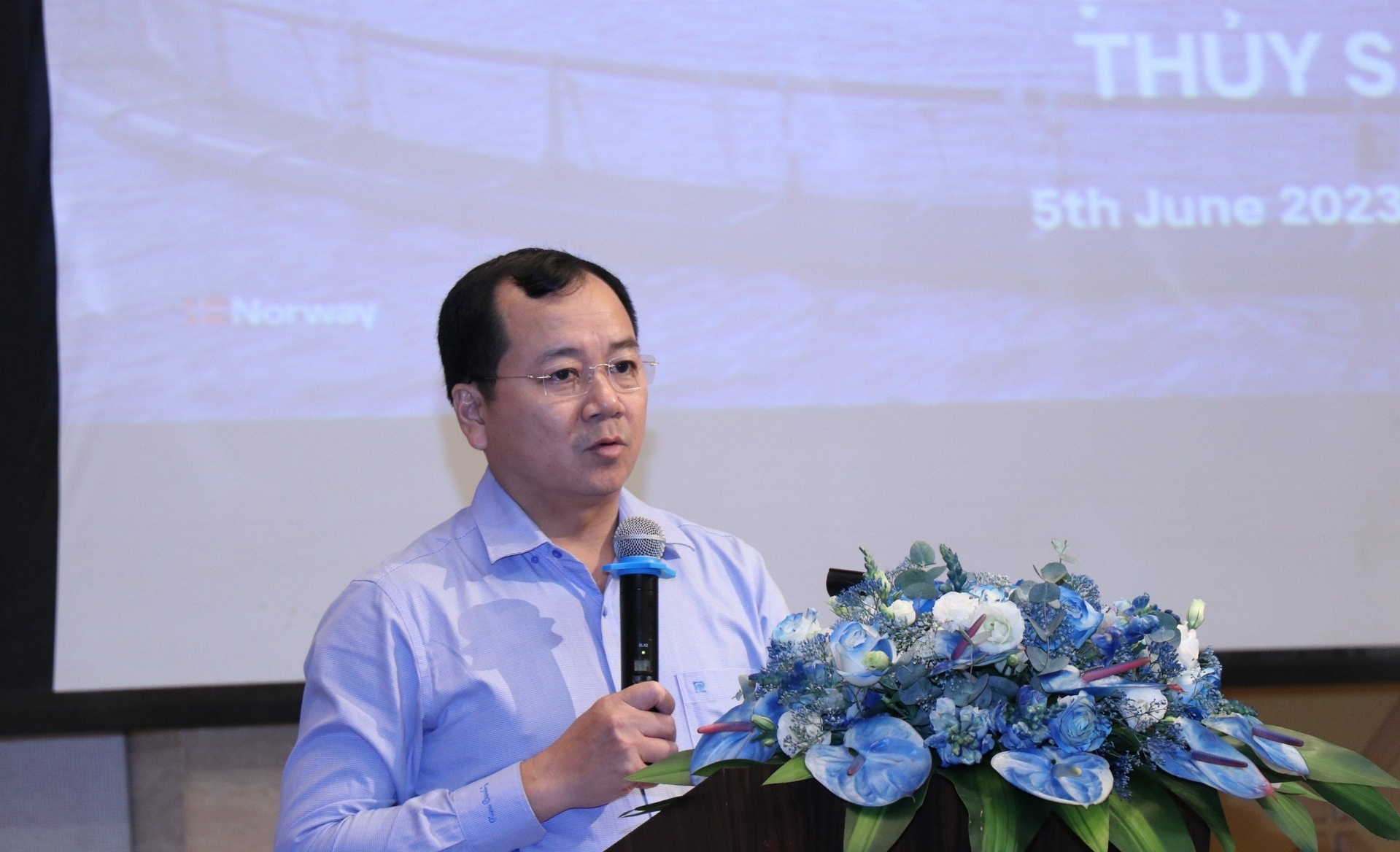
According to Mr. Tran Dinh Luan, Director of the Directorate of Fisheries, Norway has constantly supported Vietnam in the field of aquaculture throughout the years. Photo: KS.
The Directorate of Fisheries seeks to balance interests in the use of marine space by providing livelihoods and employment opportunities for individuals who directly or indirectly engage in mariculture.
Additionally, the Department will create a sub-sector of high-value integrated marine economy by applying modern mariculture technology on par with other countries around the world.
Moreover, the Department emphasized the need for a mentality shift away from aquaculture production toward economics, from single-value growth to multi-value integrated growth from marine resources.
According to Ms. Hilde Solbakken, Norway focuses on the sustainable development of marine economic sectors, including aquaculture so that future generations can also benefit from the ocean.
She emphasized that the effective governance of marine resources is crucial to the harmonized development of various marine economic sectors as well as the environment.
The key factor behind the success of the world's leading seafood producer and exporter is maintaining open dialogue and mutual trust between the Government, the industry sector and research institutions.
Ms. Anne Brønsten Osland, Director of the Aquaculture Licensing Department, Department of Aquaculture and Coastal Management, Directorate of Fisheries of Norway shared about the elements that determined the success of Norway's aquaculture in the last 50 years.

Aquaculture with HDPE cages on Van Phong bay in Khanh Hoa province. Photo: KS.
Most importantly, the leading factor is the Government's support in the planning of aquacultural areas as well as research programs in the field of aquaculture.
The development of mariculture, in Ms. Anne Brnsten Osland's opinion, relies heavily on the successful execution of coastal planning, the creation of marine spatial maps, and efficient and open aquaculture licensing.
According to Ms. Anne Brønsten Osland, all aquaculture operations must be authorized by the Norwegian government. The government provides multiple aquacultural Institutes with financial support for research programs. Consequently, they are responsible for sharing new technologies and research with the community.
In addition, the Norwegian aquaculture community has established a fund for aquacultural research, and the Norwegian Research Council also focuses on research in this area.
On the other hand, vaccines to prevent diseases in aquacultural production is a necessity. Norway's aquaculture output suffered greatly in 1987, 1988 and 1990 due to epidemics. As a result, vaccine development and a stable supply of quality seed are equally important to the development of aquaculture.
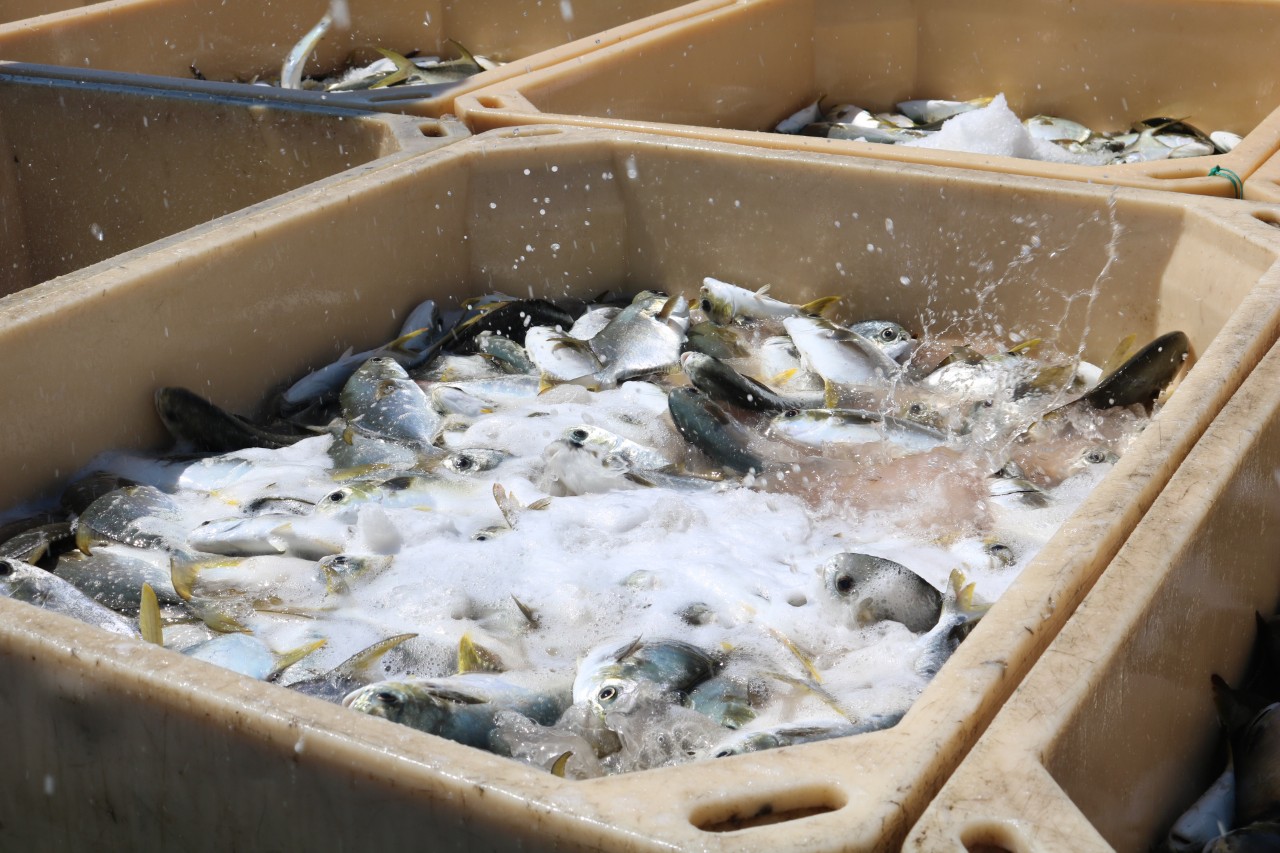
Yellowfin pompano farming by the Research Institute for Aquaculture No III. Photo: KS.
Mr. Erlend Hopsdal Skjetne, Senior Specialist from the Directorate of Fisheries of Norway discussed technical standards and biosecurity management in Norway's aquacultural sector.
Norway's marine farms have gradually improved and adapted to climate change over the years. Accordingly, Norway provided detailed technical regulations for each farm, as well as different requirements between new and old farms.
Namely, new farms must meet higher requirements, with an emphasis on science and technology application in aquaculture. Conversely, older farms must meet the minimum technical standards as well as upgrade to meet modern standards.
In 2015, Norway was hit by a powerful storm that severely damaged the mooring system and resulted in significant losses for farmers. Subsequently, the storm has been well-documented in preparation for the future.
Mr. Erlend Hopsdal Skjetne considers biosecurity management in aquaculture to be an effective measure for disease prevention and control. Norway has a specialized agency that regularly examines biosecurity issues to implement appropriate control measures. Namely, the distance between farms and cages must be regulated to control diseases; equipment and transport boats must be disinfected frequently to limit the transmission of pathogens.
The Directorate of Fisheries of Vietnam requested Norway to support local experts in formulating policies and planning; building a pilot model of mariculture in Khanh Hoa, Kien Giang; organizing study groups, exchanging experiences in mariculture and human resources development.
According to the Directorate of Fisheries, Vietnam has nearly 7,500 mariculture establishments by the end of 2022, with nearly 250,000 cages and rafts. Vietnam's total marine aquaculture area reached 85,000 hectares (excluding 200,000 hectares of intercropping), with an average growth rate of more than 23% per year. Vietnam has nearly 9 million cubic meters of aquaculture cages including 4 million cubic meters of marine fish cages and 5 million cubic meters of lobster cages. The total marine aquaculture output reached 750,000 tons, which is an increase of 10.7% compared to that of 2021.
Translated by Nguyen Hai Long

(VAN) Japan's grant aid project contributes to capacity building, promoting organic agricultural production, and fostering sustainable community development in Dong Thap province.
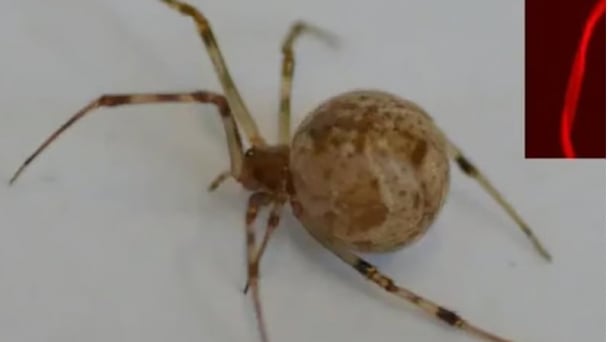
(VAN) For years, the CRISPR-Cas9 genome technology has been reshaping genetic engineering, a precision tool to transform everything from agriculture to medicine.
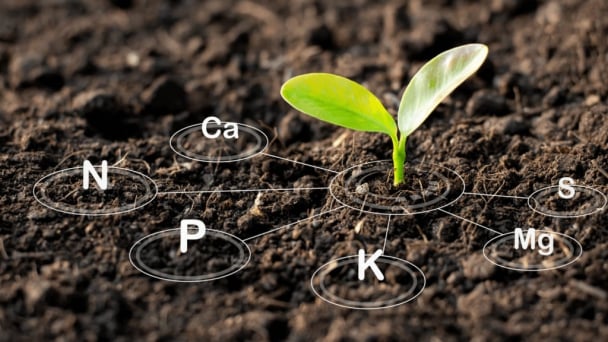
(VAN) Vietnam aims to become a 'leader' in the region in the capacity and managing effectively soil health and crop nutrition.
![Reducing emissions from rice fields: [Part 1] Farming clean rice together](https://t.ex-cdn.com/nongnghiepmoitruong.vn/608w/files/news/2025/05/05/z6509661417740_a647202949c539012a959e841c03e1d3-nongnghiep-143611.jpg)
(VAN) Growing clean rice helps reduce environmental pollution while increasing income, allowing farmers to feel secure in production and remain committed to their fields for the long term.
/2025/05/19/5136-1-144800_230.jpg)
(VAN) The Nghe An Provincial People's Committee has just approved the list of beneficiaries eligible for revenue from the Emission Reductions Payment Agreement (ERPA) in the North Central region for the year 2025.

(VAN) 14 out of 35 domesticated elephants in Dak Lak province have had their living conditions improved, with 11 of them currently participating in the non-riding elephant tourism model.

(VAN) Muong Nhe Nature Reserve hopes that being upgraded to a national park will lay the foundation for forest protection efforts to be carried out in a systematic, modern, and sustainable manner.